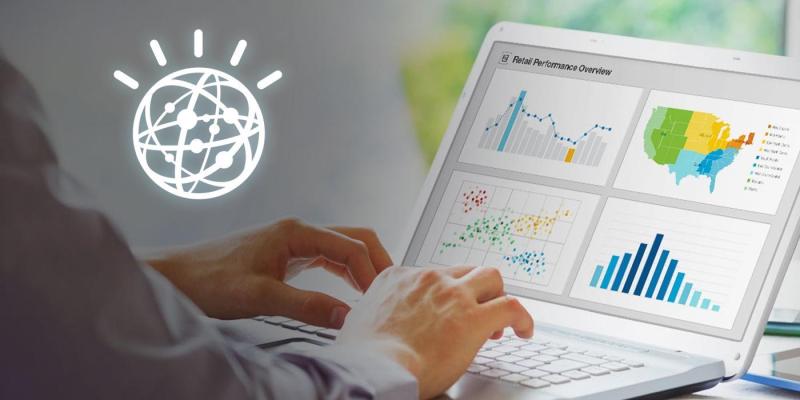HR function disruption enabled by Data Sciences
3AI February 23, 2021

When General Motors was looking for someone to lead its global talent and organizational capability group, the $152 billion carmaker clearly wasn’t looking for a paper-pushing administrator. Michael Arena, who took the position 18 months ago, is an engineer by training. He was a visiting scientist at MIT Media Lab. He’s a Six Sigma black belt. He’s got a Ph.D.
This is not your father’s human resources executive.
But it is a sign of where the corporate HR function is headed. Arena is dedicated to the hot field of talent analytics–crunching data about employees to get “the right people with the right talent in the right place at the right time at the right cost,” he says.
Talent management is a soft space. Historically, we haven’t been able to measure definitely the things that we intuitively believe to be true. But businesses are mandating it. The age of “trust me, this will work” is over. HR is being held accountable to deliver business results. And the language of the business is Data Science.
The growing importance of sophisticated Data Science to HR–not simply reporting what already exists in an organization but predicting what could or should be–is a result of “the recognition that the efficient use of labor and deployment of resources is critically important to the business results of the company,” says Mark Endry, CIO of Arcadis U.S. He recently spent six months as interim senior vice president of HR at the $3.3 billion company.
In recent years, enterprises have developed more mature techniques for applying Data Science to customer information. They’ve been able to see–with relatively little data–how much they can do and how powerful the results can be. When you think about what’s going on within companies, you have potentially billions of records generated every day about each person. They’re starting to see how valuable and important that data is.
The Role of Data in the People Business
What’s really happening right now is a shift in HR from an art to a science. A lot of HR teams are trying to figure out how to make that shift quickly so it’s no longer HR sitting around waiting to be pulled in, but HR coming to the table with nuggets of wisdom.
Data analytics could enable HR to elevate itself from a tactical support function to a business partner on strategy, which ought to sound pretty familiar to CIOs.
But there are limits to HR’s data-driven transformation. Data Science all about probability, and there’s just so far you can go with probability. If you want to figure out how many employees you need to launch a new product, it can get you in the right ballpark. When it comes to predicting turnover, it’s not an exact science. People are people.
It’s never black-and-white when you’re talking about people. In HR, we live in a world where data brings more questions. You always have to look beneath it. It’s not an exact science. But at least it gets us looking at the right part of the haystack so we can get to the answer faster. Sometimes we get projections wrong for all kinds of reasons. It can take several iterations. But HR still loves it, because it equips them to make intelligent decisions for their business partners.
Data Sciences in HR
Data Science in HR can form a backbone of human resource function of all organizations independent of the sector in which it operates. HR metrics also known as talent Science or peoples’ metrics is a sophisticated application of data mining and Data Science techniques applied on people related data. Data Science in HR are an essential way to quantitatively gauge the spend and the outcome of employee engagement programs and HR systems to measure the effectiveness of various HR initiatives. They provide the companies with the power to measure year on year comparisons on various parameters.
Data Science in HR enables the company with powerful insights to effectively manage employees to reach the business goal quickly and with high productivity. Challenges abound in this field as to identify what kind of data need to be captured, stored and processed and how to build the model and predict capabilities to maximize return on investment spent on its human resources.
Application of Data Science in HR:
Data Science in HR finds its application in the various business functions. The core functions of HR like recruitment and training, mergers and acquisitions, designing compensation structure, improving performance appraisal processes are revolutionized by applying Data Science to the historical data. Data Science in HR helps us to find problem areas, investigate on the root cause and issues surrounding these problems and using data mining and predictive analytics workflow will enable the HR professionals to unlock the answers for different questions and gain insights from information and take appropriate and relevant decisions.
Some emerging niche areas in Data Science in HR:
Employee sentiment Analysis:
A lot of systematic and unsystematic information relevant to employees is available to the HR which can be leveraged to create, measure and redesign the policies. Sentiment analysis involves more than just the annual surveys. The data should be continuously tracked, analyzed and scrutinized on key topics. External data like Facebook, Twitter, LinkedIn etc. provide valuable feed for sentiment analysis.
Employee Fraud management:
Data Science minimize the threat of internal fraudulent practices from employees through non-compliance by identifying employees at high risk to violate security policies or other company regulations. Once the employees risk is assessed proactive actions could be taken for corrective actions.
Specific problems addressed by Data Science in HR:
- To establish most efficient recruitment and training process
- To design career development initiatives
- Instrumental in prioritizing and ranking the applicants in the order of their job fit to the role
- To forecast human resource requirement and design a best plan to fill the open roles
- To maintain high work force utilization ratio in order to maximize the return on spent on human resources
- To maximize workforce motivation to link them to strategic and financial goals of organization to ensure high business performance
- To bring down the costs on human resources and optimize the financial spend on training and recruitment
- To control employee attrition by identifying the reasons for employees to leave the organization and to design policies to bring down attrition
- To optimize the employee payment, benefits and compensation structure and maximize his level of satisfaction at the same time saving cost to the organization






